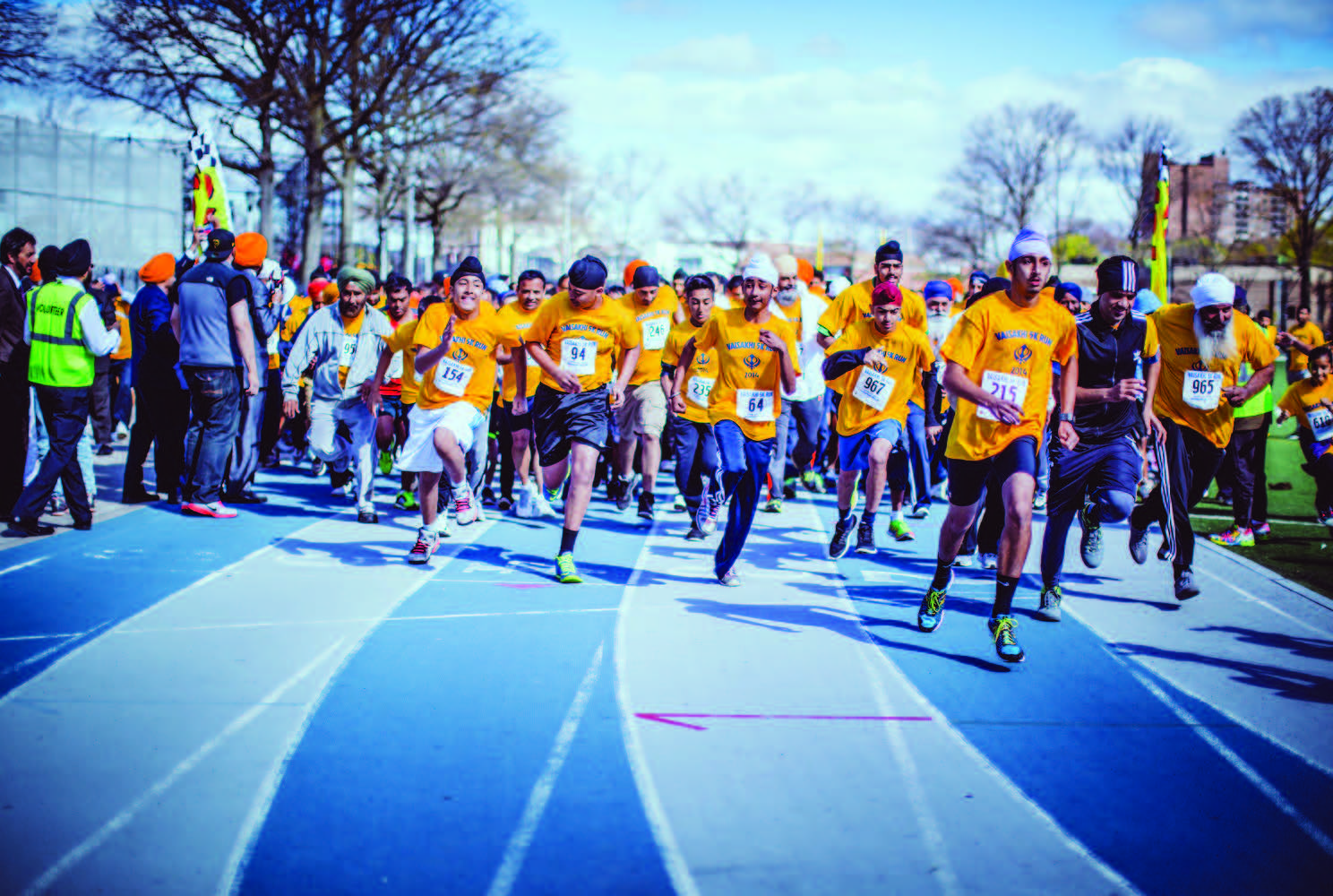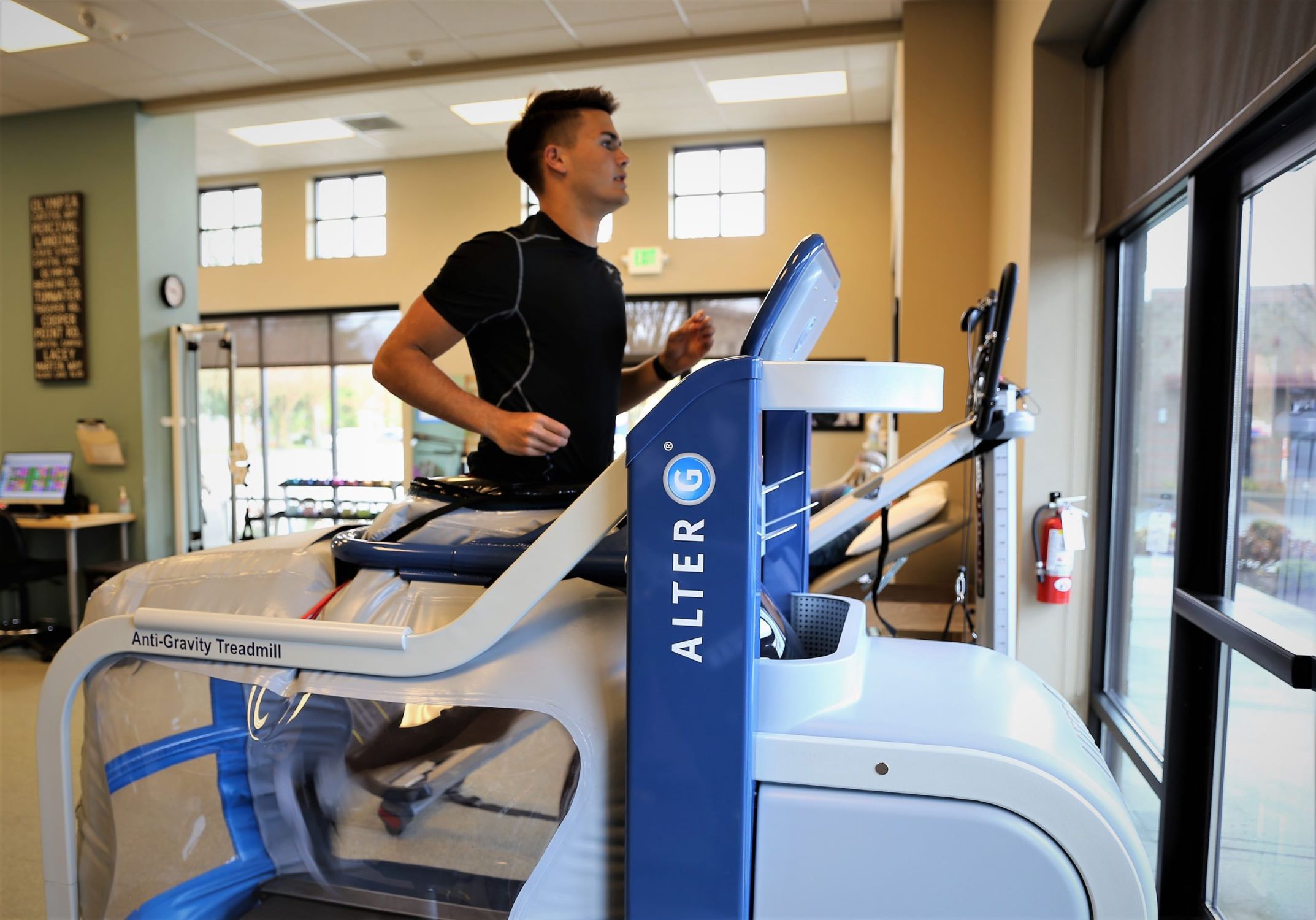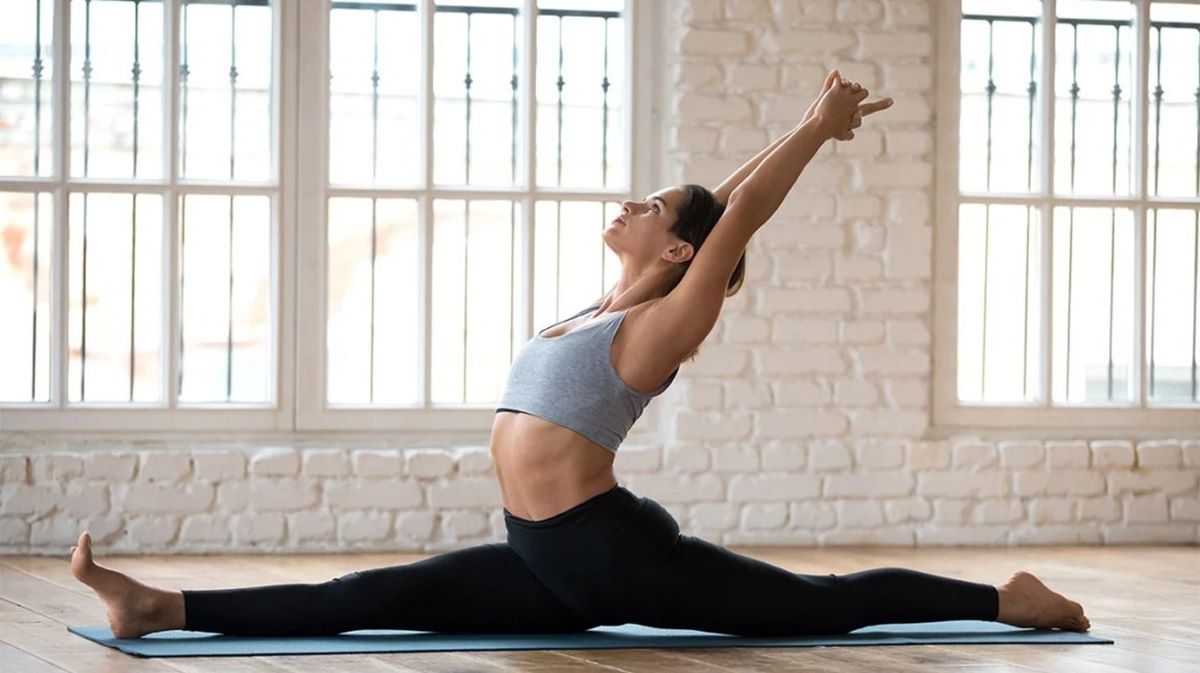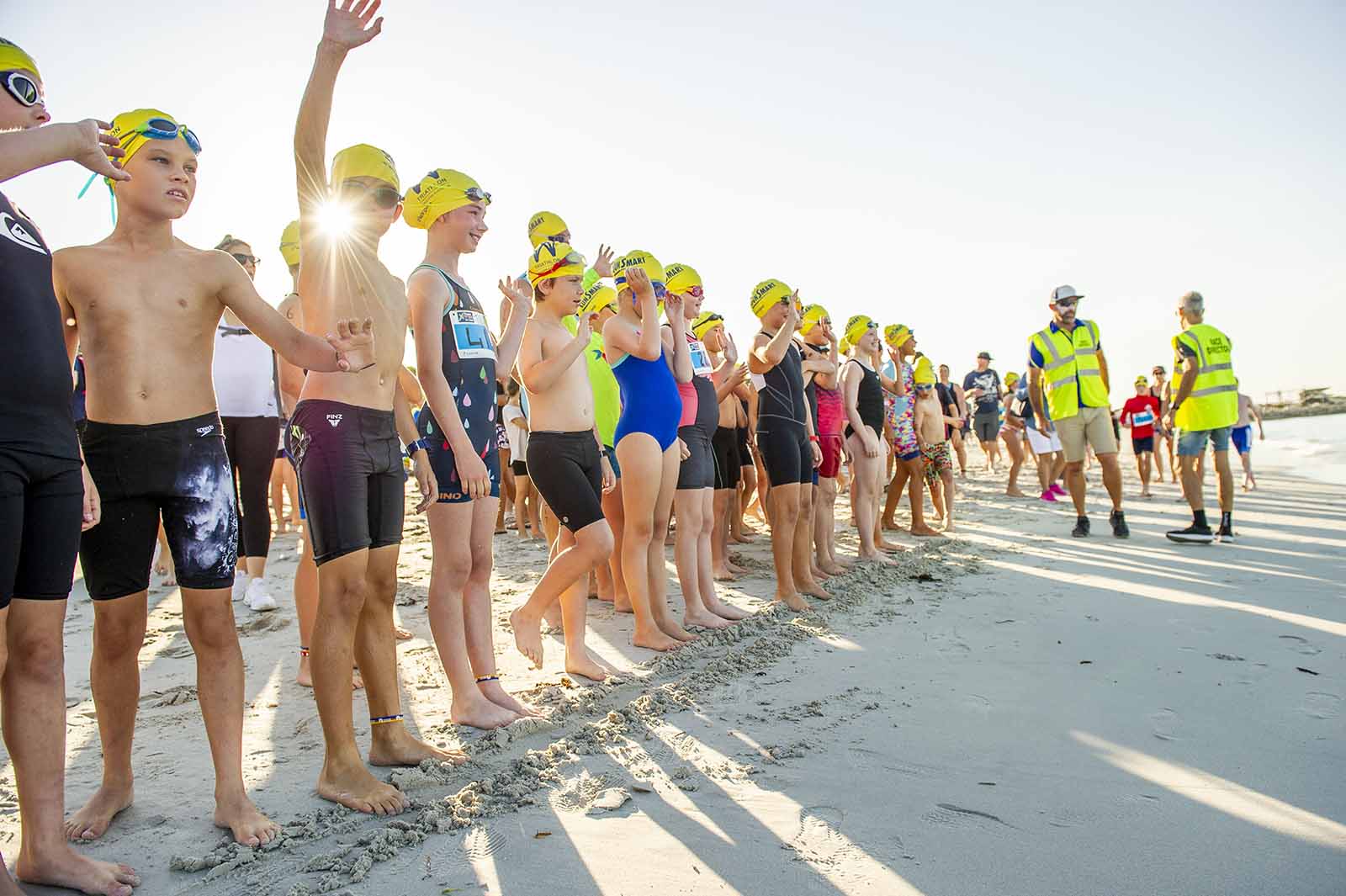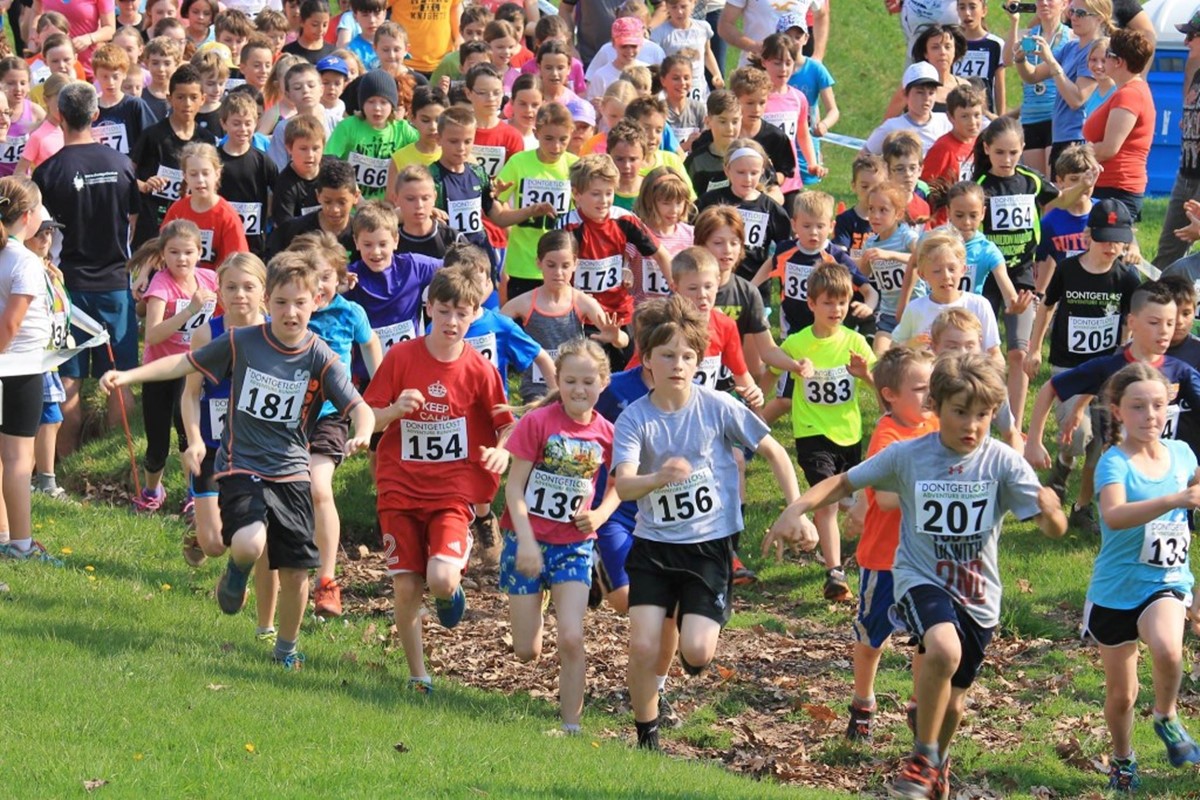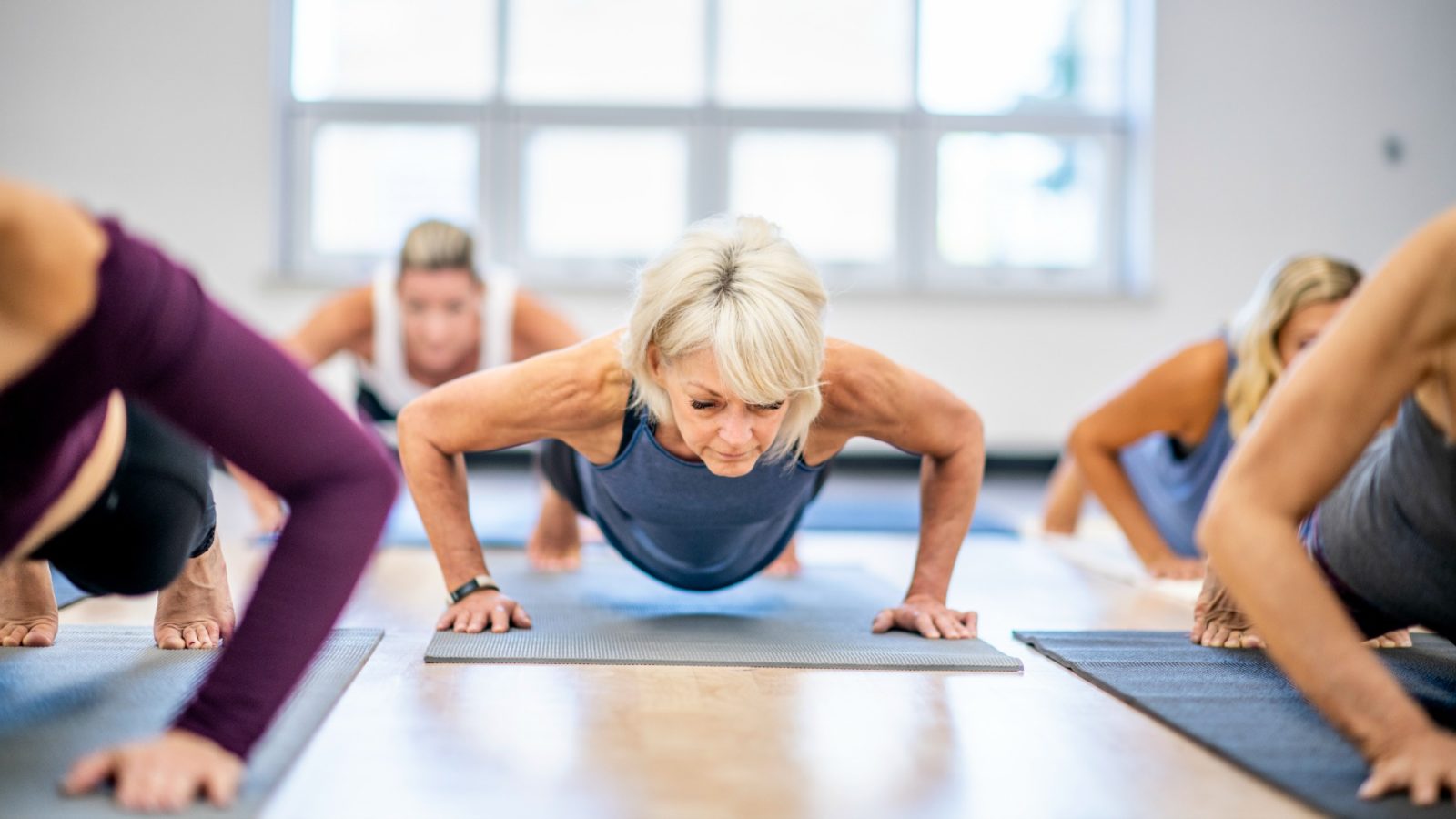Home>Misc>Featured>When It Comes To Exercise, What Will Be The Most Motivating For Older Adults?
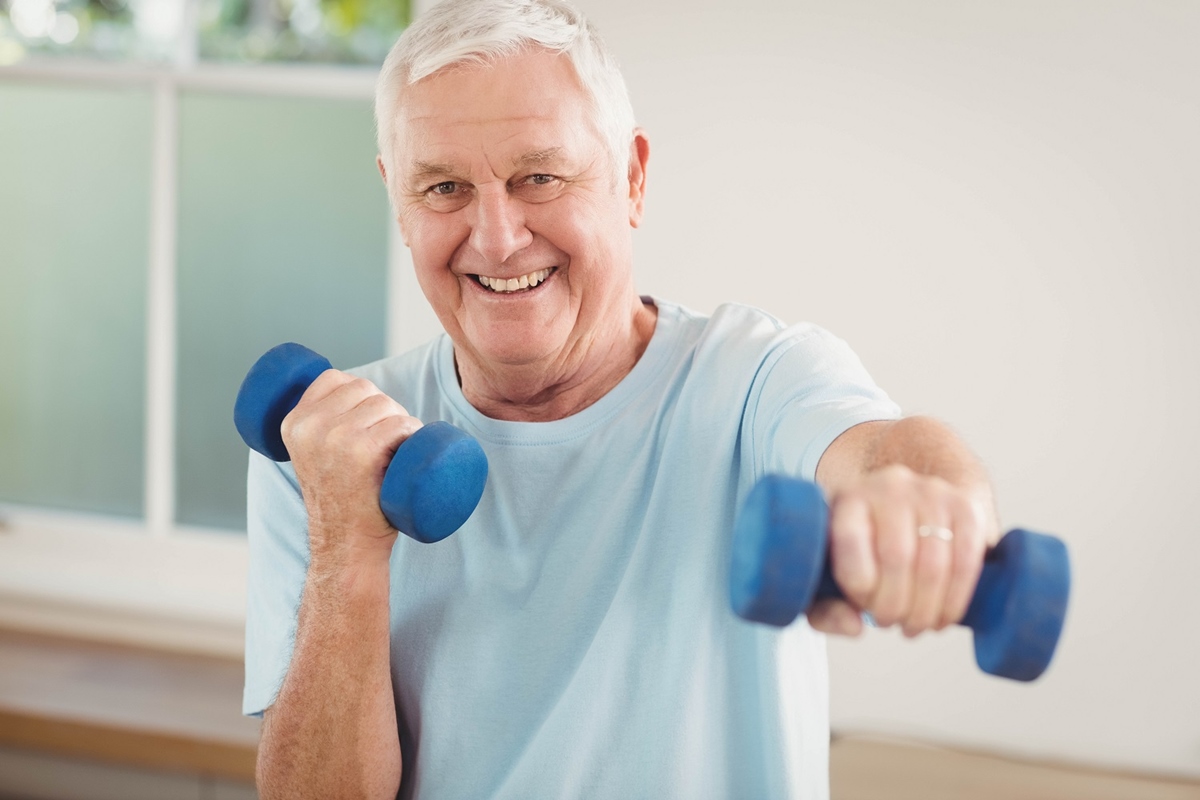

Featured
When It Comes To Exercise, What Will Be The Most Motivating For Older Adults?
Published: October 4, 2023
Discover the featured exercise that will motivate older adults to stay active and healthy. Find out what works best for them!
Introduction
As we age, it becomes increasingly important to prioritize our health and well-being. Regular exercise plays a crucial role in maintaining physical and mental health, especially for older adults. Engaging in physical activities can help improve strength, balance, flexibility, and cardiovascular health, while also reducing the risk of chronic diseases.
However, motivating older adults to exercise can sometimes be challenging. Many factors, including age-related physical limitations, lack of self-confidence, and a sedentary lifestyle, can make it difficult for older adults to commit to a regular exercise routine. It is crucial to understand what motivates older adults and tailor exercise programs that cater to their unique needs and interests.
This article will explore the most motivating activities for older adults and provide strategies for creating an exercise program that keeps them engaged and enthusiastic. By understanding the benefits of exercise and addressing the specific needs of older adults, we can help them lead healthier and more fulfilling lives.
Benefits of Exercise for Older Adults
Regular exercise offers a wide range of physical and mental benefits for older adults. Here are some of the key advantages:
- Improved physical health: Engaging in regular physical activity can help older adults maintain a healthy weight, strengthen their bones and muscles, and improve their overall physical fitness. It can also reduce the risk of developing chronic conditions such as heart disease, diabetes, and certain types of cancer.
- Maintained cognitive function: Exercise has been shown to have a positive impact on cognitive health. It can help improve memory, attention, and problem-solving skills, reducing the risk of cognitive decline and disorders like dementia.
- Enhanced mood and mental well-being: Exercise releases endorphins, which are natural mood boosters. Regular physical activity can reduce symptoms of anxiety and depression, increase self-esteem, and promote a sense of well-being and happiness.
- Better cardiovascular health: Exercise helps strengthen the heart and improves circulation, reducing the risk of heart disease and stroke. It can also lower blood pressure and cholesterol levels, contributing to overall cardiovascular health.
- Improved balance and reduced fall risk: Many older adults struggle with balance and coordination, which can increase the risk of falls and injuries. Exercise programs that focus on activities like strength training and balance exercises can help improve stability and reduce the likelihood of falls.
Additionally, regular exercise can enhance sleep quality, boost immune function, and increase overall energy levels, leading to a higher quality of life for older adults.
Given the significant benefits exercise offers, it is crucial to motivate older adults to engage in physical activities that are enjoyable and suitable for their abilities. Understanding their preferences and addressing any barriers they may face in adopting an exercise routine can help create a more effective and sustainable approach to fitness. Let’s explore the various factors to consider when motivating older adults to exercise.
Factors to Consider for Motivating Older Adults
When it comes to motivating older adults to exercise, it is essential to consider several factors that may influence their willingness and ability to participate. Understanding these factors can help create a supportive and engaging environment that caters to their unique needs. Here are some key considerations:
- Health conditions and limitations: Older adults may have specific health conditions or physical limitations that need to be taken into account when designing exercise programs. It is important to consult with healthcare professionals and adapt activities to accommodate any restrictions, ensuring safety and comfort during exercise.
- Personal interests and preferences: Individuals are more likely to stick with an exercise program if it aligns with their personal interests and preferences. Offering a variety of activities and allowing older adults to choose the ones they enjoy can increase motivation and long-term engagement.
- Social support: The presence of a supportive and inclusive social environment can significantly impact older adults’ motivation to exercise. Encouraging participation in group activities or creating opportunities for social interaction during exercise sessions can enhance motivation and provide a sense of community.
- Self-efficacy and confidence: Building self-efficacy is crucial for motivating older adults to engage in physical activity. Designing gradual progression in exercise programs and providing positive reinforcement can help boost their confidence and belief in their ability to succeed.
- Accessibility and convenience: Making exercise easily accessible and convenient for older adults is important for overcoming barriers such as transportation issues or limited mobility. Choosing exercise locations that are close to their homes, providing transportation options, or offering home-based exercise programs can enhance participation.
By considering these factors and tailoring exercise programs that address individual needs, we can create a motivating environment that encourages older adults to embrace regular physical activity. In the following sections, we will explore specific activities that can be particularly motivating for older adults, including physical, social, and technology-based options.
Physical Activities That Can Be Motivating for Older Adults
Engaging in physical activities is crucial for maintaining and improving overall physical fitness. Here are some types of physical activities that can be particularly motivating for older adults:
- Aerobic exercises: Activities that get the heart rate up, such as brisk walking, swimming, dancing, or cycling, can be highly motivating for older adults. These exercises not only improve cardiovascular health but can also be enjoyable when done in a group or with music.
- Strength training: Building strength and muscle mass is important for maintaining physical function and preventing age-related muscle loss. Offering strength training exercises, including bodyweight exercises, resistance band workouts, or weightlifting, can be empowering and motivating for older adults.
- Yoga and Pilates: These low-impact activities focus on balance, flexibility, and core strength. They offer a gentle yet effective way for older adults to improve posture, relieve stress, and enhance overall body awareness.
- Tai Chi: This ancient Chinese martial art combines slow, flowing movements with deep breathing and meditation. Tai Chi can help improve balance, flexibility, and mental well-being, and many older adults find its graceful movements and meditative aspect highly motivating.
- Outdoor activities: Taking part in outdoor activities such as gardening, hiking, or golfing can be both physically and mentally stimulating for older adults. Being in nature, enjoying the fresh air, and engaging in activities they enjoy can boost motivation and make exercise more enjoyable.
It is important to remember that the intensity and duration of physical activities may vary depending on individual abilities and fitness levels. Older adults should always consult with healthcare professionals before starting any new exercise program to ensure safety and suitability.
By offering a variety of physical activities and incorporating them into an exercise program, older adults can stay motivated, enjoy diverse fitness benefits, and lead active and fulfilling lives.
Social Activities That Can Be Motivating for Older Adults
For many older adults, social interactions and connections are an important aspect of their overall well-being. Incorporating social activities into exercise programs can be highly motivating and enjoyable. Here are some social activities that can engage and motivate older adults:
- Group exercise classes: Participating in group exercise classes, such as aerobics, dance, or water aerobics, not only provides physical benefits but also fosters a sense of camaraderie and support. Group classes offer an opportunity for older adults to connect with others who share similar interests and goals.
- Walking groups: Forming walking groups or joining local walking clubs can create a supportive and social environment for older adults. Walking together in parks, nature trails, or even around the neighborhood encourages conversation, sharing experiences, and building friendships while staying active.
- Team sports: For those who enjoy a more competitive and team-oriented approach, participating in team sports such as basketball, volleyball, or bowling can be incredibly motivating. Team sports provide not only physical benefits but also the opportunity to build relationships, improve communication, and develop a sense of belonging.
- Community fitness events: Local community centers or fitness organizations often organize fitness events, such as charity walks, marathons, or dance competitions. Encouraging older adults to participate in these events can contribute to a sense of community involvement and accomplishment, enhancing motivation and enthusiasm.
- Volunteer opportunities: Engaging in physical activities with a purpose can be highly motivating. Older adults can find fulfillment and a sense of meaning by participating in volunteer activities that involve physical effort, such as gardening, park clean-ups, or assisting in local sports events.
By incorporating social activities into exercise programs, older adults can enjoy not only the physical benefits of exercise but also the social connections and sense of community that come with it. Building a supportive network and fostering social interactions can contribute to greater motivation and adherence to an exercise routine.
Technology-Based Activities That Can Be Motivating for Older Adults
Technology has become an integral part of our lives, and it can also offer exciting opportunities for older adults to engage in motivating physical activities. Incorporating technology-based activities into exercise programs can provide a new and interactive experience. Here are some examples of technology-based activities that can be motivating for older adults:
- Fitness apps and wearable devices: Many fitness apps and wearable devices are specifically designed for older adults. These tools can track steps, monitor heart rate, provide workout routines, and offer personalized fitness recommendations. Using these apps and devices can help older adults set goals, track progress, and stay motivated.
- Virtual reality (VR) workouts: Virtual reality technology allows older adults to engage in immersive workout experiences from the comfort of their homes. VR workouts can range from gentle exercises like virtual walking or cycling tours to more challenging activities like boxing or dancing, providing an exciting and motivating way to stay active.
- Exergaming: Exergaming refers to video games that combine physical activity with interactive gaming experiences. Platforms like Wii Fit, Xbox Kinect, or PlayStation Move offer a wide range of games that involve movements such as dancing, yoga, or sports simulations. Older adults can enjoy the fun and competitive aspects of these games while getting a workout.
- Online workout classes: With the availability of online platforms and streaming services, older adults can access a vast array of workout classes and tutorials. From yoga and Pilates to strength training and cardio workouts, online classes offer convenience, variety, and the ability to exercise at a pace that suits individual needs and abilities.
- Social media fitness challenges: Participating in fitness challenges on social media platforms can be motivating and encourage accountability. Older adults can join online communities, share their progress, and take part in challenges that promote friendly competition, support, and recognition.
Technology-based activities can provide a fresh and engaging approach to exercise for older adults. By tapping into the power of technology, older adults can stay motivated, enjoy interactive experiences, and track their progress while embracing a healthy and active lifestyle.
Strategies for Creating a Motivating Exercise Program for Older Adults
Designing a motivating exercise program for older adults requires careful planning and consideration of their unique needs and preferences. Here are some strategies to create a program that keeps older adults engaged and motivated:
- Individualized approach: Tailor the exercise program to meet the specific needs and abilities of each participant. Consider any health conditions, physical limitations, or preferences when selecting activities and setting goals. A personalized approach ensures that the program is safe, comfortable, and enjoyable for older adults.
- Varied and enjoyable activities: Offer a variety of exercises to keep the program interesting and prevent boredom. Incorporate activities that participants enjoy and find engaging. This might include a mix of aerobic exercises, strength training, balance exercises, and flexibility training. By providing diverse options, participants are more likely to stay motivated and committed to the program.
- Goal setting: Help older adults set realistic and achievable goals. Break larger goals into smaller milestones to provide a sense of progress and accomplishment. Regularly reassess and adjust goals based on participants’ improvement and desires, ensuring a continuous sense of achievement.
- Positive reinforcement: Provide consistent positive feedback and recognition for participants’ efforts and progress. Celebrate milestones and acknowledge achievements, no matter how small. Positive reinforcement helps build self-esteem, confidence, and motivation to continue with the program.
- Social support: Create a supportive and inclusive environment that fosters social connections. Encourage participants to exercise together, join group classes, or engage in activities that promote interaction and camaraderie. Social support can enhance motivation, accountability, and overall enjoyment of the exercise program.
- Frequent communication: Maintain open and regular communication with participants. Listen to their feedback, address any concerns or challenges, and make adjustments as needed. Actively engaging with participants shows that their well-being and satisfaction are a priority, fostering a stronger commitment to the exercise program.
- Progressive approach: Gradually increase the intensity, duration, and complexity of the exercises as participants become more accustomed to the program. A progressive approach challenges participants and helps them continually improve, motivating them to push beyond their comfort zones and achieve greater fitness goals.
- Celebration of milestones: Plan periodic events or small celebrations to mark milestones and achievements. This could be hosting a group outing, acknowledging participants’ progress in a public setting, or organizing a friendly fitness competition. Celebrating milestones creates a sense of community and accomplishment, reinforcing motivation and enthusiasm for continued participation.
By implementing these strategies, you can create a motivating exercise program that caters to the needs, abilities, and interests of older adults, resulting in improved adherence, enjoyment, and overall well-being.
Conclusion
When it comes to motivating older adults to exercise, it is crucial to understand their unique needs, interests, and limitations. Regular physical activity offers numerous benefits for older adults, including improved physical health, enhanced cognitive function, and better mental well-being. However, motivating older adults to engage in exercise can be challenging due to factors such as health conditions, personal preferences, and lack of social support.
By considering these factors and implementing appropriate strategies, we can create exercise programs that are engaging, motivating, and enjoyable for older adults. Incorporating a variety of physical activities, such as aerobic exercises, strength training, yoga, and outdoor activities, allows older adults to find activities that suit their interests and abilities.
In addition to physical activities, incorporating social activities, such as group exercise classes, walking groups, and team sports, can foster social connections and provide a sense of community. Technology-based activities, such as fitness apps, virtual reality workouts, and online classes, offer interactive and engaging experiences that can further motivate older adults to stay active.
When creating exercise programs for older adults, it is important to be mindful of their individual needs and preferences. Providing a personalized approach, setting realistic goals, offering positive reinforcement, and ensuring regular communication and support can enhance motivation and adherence to the program. Celebrating milestones and fostering a sense of community further enhances motivation and enjoyment.
By implementing these strategies and considering the unique needs of older adults, we can create exercise programs that are not only effective in improving physical and mental well-being but also inspire older adults to lead healthier, more fulfilling lives. Regular exercise becomes a lifelong habit when it is enjoyable, accessible, and tailored to the individual, supporting older adults in maintaining their health, independence, and quality of life.

